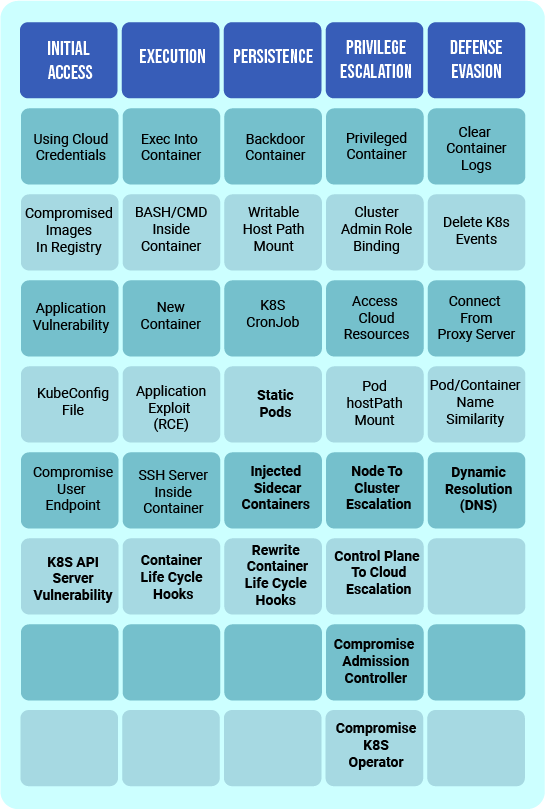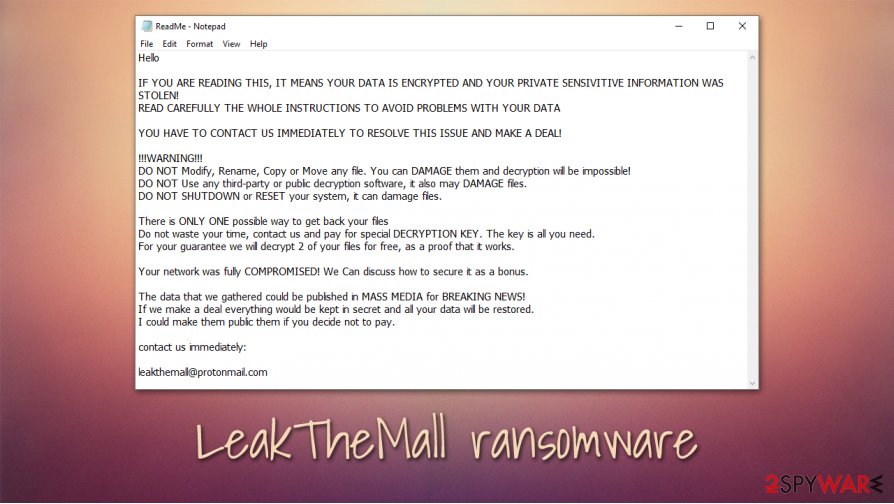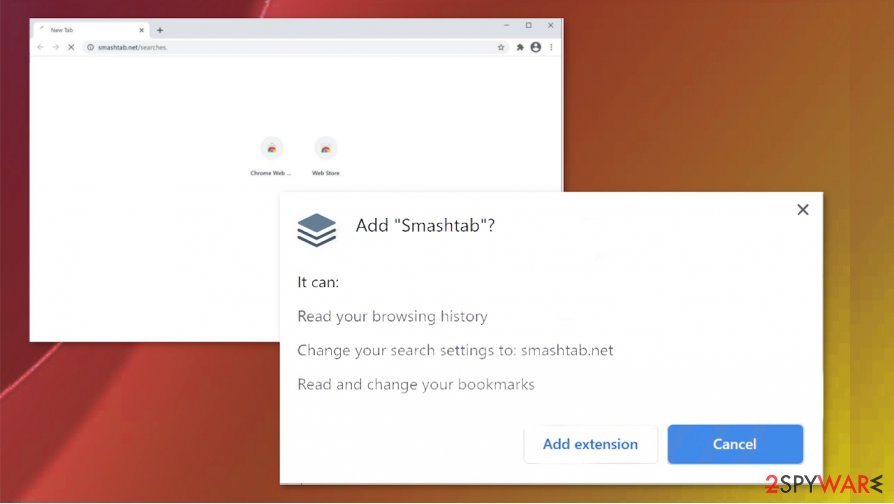From darkreading.com

The MITRE ATT&CK threat matrix is a valuable tool for security professionals to understand the various tactics and techniques employed by adversaries to exploit software and networks, from initial access to impact. The matrix covers the various stages commonly involved in a cyberattack, and the tactics exploited by attackers in each stage. Organizations can use the matrix to understand their attack surface and make sure they cover all their bases.




